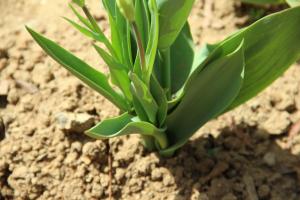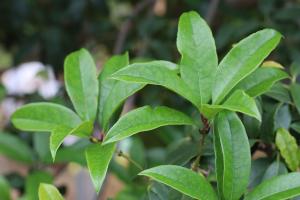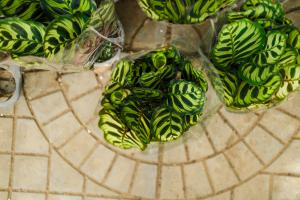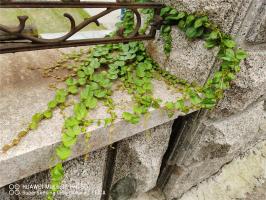Planting Pumpkin Seeds: How Deep Should You Go?
Planting pumpkin seeds can be an enjoyable and rewarding experience, especially if you are a fan of this delicious and versatile fruit. However, if you want to grow healthy and abundant pumpkins, you need to take certain precautions and follow some basic guidelines. One of the most important factors to consider when planting pumpkin seeds is the depth at which you sow them. In this article, we will explain how deep to plant pumpkin seeds and give you some tips to ensure your success.
Why Is Seed Depth Important?
The depth at which you plant pumpkin seeds can affect their germination, root development, and overall growth. If you sow them too shallow, they may not get enough moisture, nutrients, or protection from pests and diseases. On the other hand, if you bury them too deep, they may struggle to emerge or may develop weak stems and roots. Therefore, finding the right balance is crucial.
How Deep Should You Plant Pumpkin Seeds?
The recommended depth for planting pumpkin seeds is around 1 inch (2.5 cm) deep. This depth provides an optimal balance between moisture retention, warmth, and oxygen availability. However, you may need to adjust this depth depending on certain factors, such as soil type, climate, and pumpkin variety.
If you have heavy or clay soil, you may want to plant your pumpkin seeds a bit shallower, around 0.5-1 inch (1-2.5 cm) deep, to allow them to reach the surface more easily. If you have sandy or loose soil, you may need to plant them deeper, around 1.5-2 inches (3.5-5 cm) deep, to ensure they have enough support and moisture. Similarly, if you live in a cool or wet climate, you may want to plant your seeds shallower to avoid rot or fungal infections. If you live in a hot or dry climate, you may want to plant them deeper to protect them from the harsh sun and wind.
Another factor to consider is the size and type of your pumpkin seeds. Large seeds may need to be planted deeper than smaller ones, as they require more nutrients and space to grow. Similarly, some pumpkin varieties may have thicker or harder shells that require more pressure to crack and emerge, so they may need to be planted a bit deeper to give them a head start.
Additional Tips for Planting Pumpkin Seeds
Here are some more tips to help you plant pumpkin seeds successfully:
Plant your seeds in fertile, well-drained soil that has been amended with compost or organic matter.
Choose a sunny, sheltered spot that gets at least 6 hours of direct sunlight per day.
Space your seeds and seedlings at least 2-3 feet (60-90 cm) apart to allow for proper growth and airflow.
Water your seeds regularly, but avoid overwatering or saturating the soil.
Mulch around your seedlings to help retain moisture, suppress weeds, and regulate soil temperature.
Fertilize your plants with a balanced fertilizer or compost tea every 2-4 weeks, but be careful not to overfeed them.
Watch out for pests and diseases, such as squash bugs, powdery mildew, or bacterial wilt, and treat them promptly with organic methods if necessary.
Harvest your pumpkins when they are fully ripe and mature, usually around 75-120 days after planting, depending on the variety.
By following these guidelines and using your intuition and experience, you can grow healthy, delicious pumpkins that will make you proud and happy. Remember, planting pumpkin seeds is not only a science but also an art, so enjoy the process and have fun!

 how many times do yo...
how many times do yo... how many planted tre...
how many planted tre... how many pine trees ...
how many pine trees ... how many pecan trees...
how many pecan trees... how many plants comp...
how many plants comp... how many plants can ...
how many plants can ... how many plants and ...
how many plants and ... how many pepper plan...
how many pepper plan...































